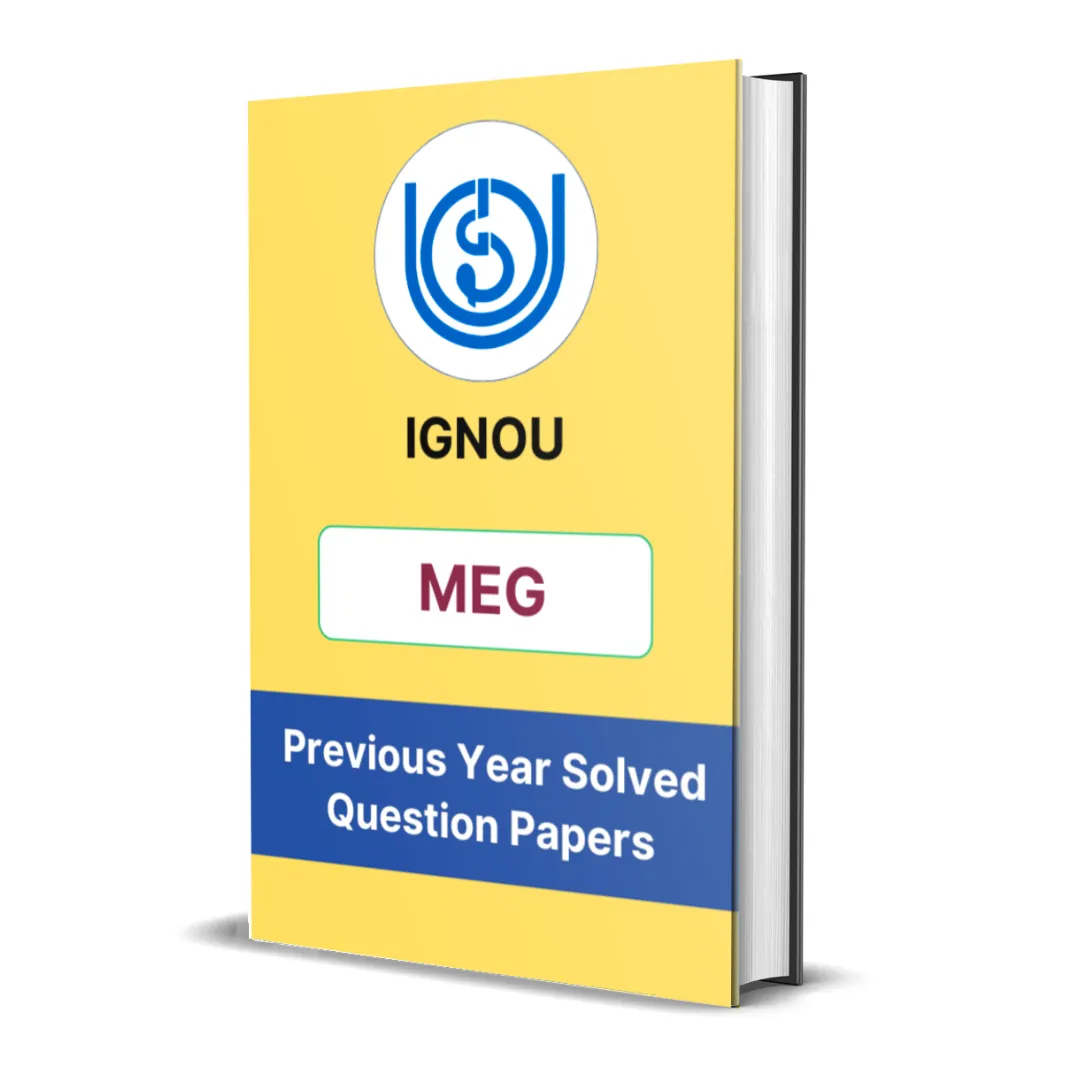Here you will get the detailed summary of IGNOU MEG 13 Block 7 – Poetry, Drama and Short Fiction.
We have provided the summary of all units starting from unit 1 to unit 5.
Introduction
IGNOU MEG-13 Block 8 focuses on poetry, drama, and short fiction by tribal writers, offering a window into the creative, political, and emotional landscapes of indigenous communities in India. This block expands the terrain of tribal literature beyond oral traditions and autobiography, showcasing how contemporary tribal voices articulate their identities, struggles, and aspirations through diverse literary forms. Through poems, dramatic texts, and short stories, the units in this block address themes like resistance, environmental loss, gender inequality, and cultural assertion. These texts are not merely artistic expressions—they are acts of survival, protest, and imagination.
Unit 1 – Marshal Hembram: “I Must Pick up the Bow”; Nirmala Putul: “If You Were in My Place”
This unit analyzes two powerful tribal poems that reflect personal and collective experiences of marginalization and resilience. Marshal Hembram’s “I Must Pick up the Bow” is a poem of reclamation and defiance, in which the bow symbolizes tribal resistance against injustice, erasure, and exploitation. It blends historical memory with political assertion, where the poet sees himself as part of a continuum of struggle.
Nirmala Putul’s “If You Were in My Place” is a deeply feminist and emotive reflection on the gendered oppression faced by tribal women. The poem invites empathy while exposing the layered inequalities of caste, class, and patriarchy. Her tone is both personal and political, challenging the reader to confront the realities of those on the margins.
Both poets use simple, unornamented language, yet the emotional depth and political urgency in their works elevate them to powerful instruments of change.
Unit 2 – Poem: “Song of Netarhaat: Victory Trumpet is Sounding”
This unit focuses on “Song of Netarhaat”, a celebratory yet defiant poem that documents tribal resistance against displacement, specifically the protest against the proposed army firing range in Netarhaat (Jharkhand). The poem is both commemorative and mobilizing—it pays tribute to the protestors while invoking the collective will to protect land, forests, and community.
The “victory trumpet” is a symbol of hope, resilience, and solidarity. The poem’s tone is uplifting, with a rhythm that mimics oral performance and group chanting. It emphasizes how poetry functions as both cultural memory and political weapon within tribal communities. Through repetition and collective address, it fosters a shared identity rooted in resistance.
Unit 3 – Contextualising Tribal Literature
This unit offers a critical framework to understand tribal literature as a distinct category, not simply an offshoot of Dalit or postcolonial writing. It emphasizes that tribal literature must be viewed within its own cultural, historical, and linguistic contexts, including:
-
Oral traditions and community storytelling
-
Environmental and spiritual worldviews
-
Resistance to displacement, cultural erasure, and exploitation
The unit critiques the anthropological and folklorist gaze that has historically exoticized tribal expression. Instead, it advocates for tribal self-representation—literature by and for tribal people—as a more authentic and politically empowering form. The importance of translating tribal voices into mainstream languages without distorting their intent is also emphasized.
Unit 4 – Budhan: An Analysis
This unit provides an analysis of Budhan, a dramatic performance text based on the custodial death of Budhan Sabar, a member of the Sabar tribe in West Bengal. Created by the Budhan Theatre, the play is both a memorial and a protest against systemic violence and caste-based injustice.
The drama uses narration, dialogue, chorus, and movement rooted in tribal performance styles, blending activism with artistic expression. Themes explored include:
-
State violence and police brutality
-
Media apathy and middle-class indifference
-
Assertion of tribal dignity and demand for justice
Budhan exemplifies performative tribal literature, where drama becomes a tool of both healing and mobilization. It questions legal and societal structures while giving voice to silenced histories.
Unit 5 – Writers of Short Fiction: Temsula Ao and Lummer Dai
This unit introduces two significant tribal writers from Northeast India whose short stories explore themes of identity, cultural loss, memory, and marginalization.
-
Temsula Ao, a writer from Nagaland, uses short fiction to explore violence, trauma, and tradition in the Naga context. Her stories often grapple with the psychological scars of insurgency, the tensions between modernity and tradition, and the search for selfhood among tribal women and youth.
-
Lummer Dai, an Arunachali writer, focuses on the cultural disintegration caused by modern development and external influences. His fiction deals with tribal customs, nature-human relations, and the quiet erosion of indigenous ways of life.
Both writers infuse their stories with deep respect for tribal culture, yet remain critical of internal contradictions and external pressures. Their narratives offer rich, layered, and empathetic portrayals of tribal societies in transition.

